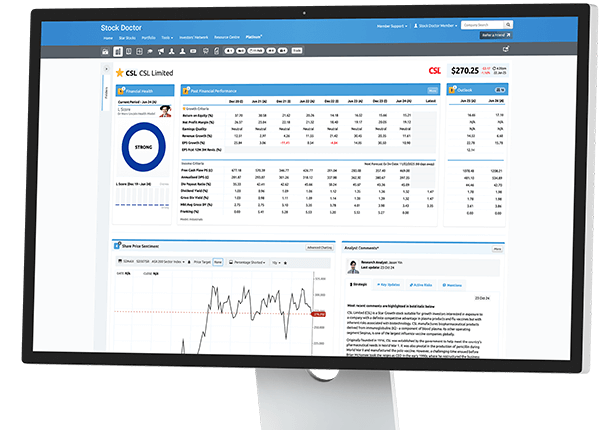An Update on Lithium Stocks
As explained in our previous insights article “An Overview of the Lithium Market” commodity price movements are hard to predict and are extremely volatile. Over time, high prices incentivise investment and supply which causes the equilibrium price to reset lower – which is why investing in commodity stocks at the top of the cycle can be fraught with danger.
Around 12-24 months ago equity markets were pricing in a ‘higher for longer’ lithium price scenario, as capital flows into these stocks pushes valuation to levels which require higher prices to justify. And hence at our Masterclass event in April, I explained why it is difficult to consider resource companies as ‘bottom draw stocks’.
Current State of the Market
Analysts and commentators have suggested that a reason for lithium’s continued price weakness is lower than anticipated demand for electric vehicles. While this may be the case, the market is still growing at ~15-20% which in my view, is not symbolic of a ‘weak demand’ environment.
The majority of battery electric vehicles are sold in China, supported by government policies and subsidies to reduce the sale of traditional combustion engines for environmental reasons. In our view, China will continue to support the demand side for EVs as they have a strong position in the manufacturing market, as brands such as BYD and Geely are taking market share from European and other Asian incumbents.
Source: IEA organisation - Electric vehicle (EV), Battery Electric (BEV), Plug in hybrid (PHEV)
The chart above shows the rapid increase in sales share of Chinese EV's.
Technological changes and a shift towards hybrid vehicles may impact future demand assumptions for lithium (hybrid cars require less lithium than BEVs), however, a low lithium price supports the continued use of the material and will help the metal establish itself even stronger into existing supply chains. For example, there is no need to invest in technology for metal substitutes when the price of the most effective battery mineral, lithium, is so low.
Supply
Whilst demand may not be growing as quickly as some analysts suggested 12 months ago, the growth rates are still material (15-25%). The current price glut, therefore, is representative of stronger than anticipated supply growth.
Meanwhile, Africa in particular, has been a source of growing supply, as displayed by the chart below. Monthly imports to China have quadrupled in 12 months to April, and this will likely continue as China is investing billions into the country.
Source: JPM
Additionally, domestic production in China of a lower grade ore known as lepidolite continues to rise. Based on the growing levels of supply, a snap back recovery in prices is not likely to occur in the near future, which is what we warned investors about when stocks recovered in February of this year.
Conclusion
Supply gluts can occur easily in a small and growing market, such as lithium, but as the industry grows towards a more mainstream commodity, Australia’s mining operations will become increasingly more important, and prices will likely reset higher as the cost to produce from marginal sources of supply causes a steepening effect on the supply curve.
This is why iron ore prices have remained higher, and well above BHP. RIO and FMG’s cost to produce for decades.
Lithium may not be the next iron ore, but it is a growing essential metal for electrification, and Australia is a crucial source of high-quality, large-scale material.
Flashing back to our previous article, we explained that investors must be comfortable and understand the risks of any stock they invest in within the space. Having sufficient balance sheet support (Financial Health) is imperative to avoid dilution and insolvency risk.
Pilbara Minerals (PLS ) has the best balance sheet, a fantastic track record of operations and is expected to generate a high level of return on invested capital despite weakness in the lithium price. Mineral Resources (MIN) has growth (at a higher level of risk) and diversification, and Arcadium (LTM) is an underrated chemical converter which offers investors an exposure to the North American supply chain. We are happy to stick with our 3 investments in the space for the longer term.



